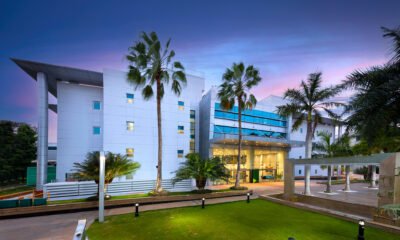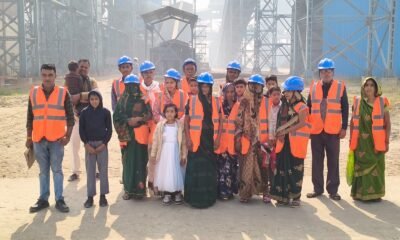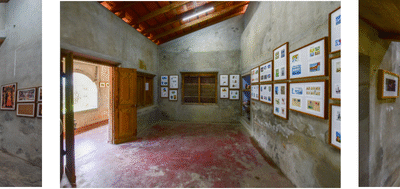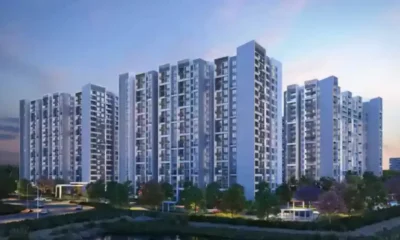News
65% Growth in Grade A Green Office Stock Across Top 7 Cities Since 2019
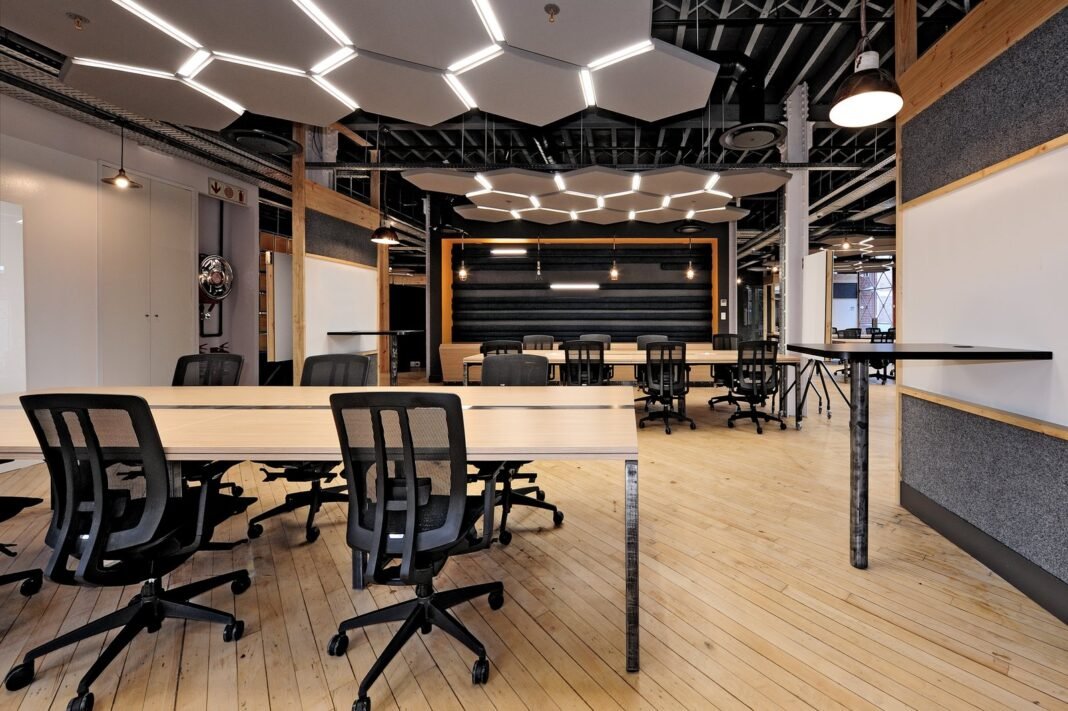
Mumbai, August 4, 2025: With global occupiers seeking green certifications in new office buildings, Grade A office developers are increasingly constructing LEED, IGBC or GRIHA-certified stock to stay in sync with the demand. Latest ANAROCK Research data shows a significant 65 per cent jump in overall Grade A green-certified office stock across the top seven cities since 2019.
Approximately 530 mn sq ft (MSF) of Grade A office stock in the top seven cities, out of the total Grade A office stock of 865 MSF, is green certified as of H1 2025 across cities. Back in 2019, around 322 MSF had such certification.
Around 163 MSF, Bengaluru has the maximum stock of green-certified office stock among these cities in H1 2025, a 31 per cent share of green-certified inventory in the top seven cities.
- NCR comes a distant second with 97 MSF, or 18 per cent, overall green-certified share.
- Hyderabad has 87 MSF green-certified Grade A office stock, or a 16 per cent overall share.
- Kolkata has the least green-certified office stock with just 17.4 MSF, or 3 per cent.

“City-wise, Bengaluru also accounts for the highest percentage share of green-certified Grade A office stock in the top seven cities,” said Anuj Puri, Chairman, ANAROCK Group.
“Of its total Grade A office stock of 223 MSF, nearly 73 per cent, or about 163 MSF, in Bengaluru is green-certified. In contrast, MMR, with a total Grade A office stock of 144 MSF in H1 2025, just 67 MSF, or 47 per cent, is green-certified.”
In both NCR and Hyderabad, 62 per cent each of the total Grade A office stock is green-certified. In NCR, out of the total 157 MSF, about 97 MSF is green-certified. In Hyderabad, 87 MSF of a total of 140 MSF Grade A office stock is green-certified.
“The push towards sustainability comes partly from the government’s initiatives and commitments, and partly from the demand for such solutions,” added Puri. “There is increasing awareness about the need for sustainability across all real estate segments. However, the demand for sustainable office buildings outstrips that for green housing. A vast number of occupiers, especially MNCs and GCCs, now insist on sustainability features only available in green-certified Grade A office buildings.”
In contrast, there has still not been such an imperative-driven shift in the housing segment, and this is visible in the relative scarcity of green residential stock in the country. Commercial real estate is proving to be sustainability vanguard.
H1 2025: Rentals Vs Vacancy Levels
Per ANAROCK data, the top seven cities saw 26.8 MSF of office space leased in H1 2025, of which over 74 per centwas in green-certified office buildings. City-wise, Bengaluru led decisively. Of the net 6.6 MSF Grade A office stock leased in the city in the first half of this year, certified green buildings accounted for a massive 80 per cent, 5.3 MSF.
In Pune, Kolkata and Chennai, the percentage share of leasing in the green certified buildings stood at 76 per cent each in H1 2025.

Source: ANAROCK Research & Advisory
Despite their commanding premium rentals vis-à-vis regular Grade A office stock, green-certified office spaces have seen leasing increase significantly over the last six years. The average monthly rentals of green-certified office spaces in the top seven cities are up to 24 per cent higher than in regular, non-certified Grade A office stock.

Source: ANAROCK Research & Advisory
In MMR, the average monthly rent of a Grade A office space is INR 143 per sq ft while a green-certified building leases out at INR 177 per sq ft (24 per cent higher). In Chennai, the average office rent in green-certified buildings commands a 16 per cent premium over regular Grade A office spaces.
In Kolkata, the monthly green vs. non-green rental gap is narrowest at just four per cent. The average monthly rent in a regular Grade A office space is INR 62 per sq ft in H1 2025 while green-certified buildings lease out at INR 64.5 per sq ft.
Despite the premium rents, green-certified office spaces have lower vacancies at 14 per cent across the top cities combined against a 16.30 per cent vacancy rate in non-green certified buildings. In MMR, the vacancy in green-certified office buildings is just 8 per cent in contrast to the 15.10 per cent vacancy in non-green Grade A stock.
Chennai is the only city where vacancy levels in green-certified buildings (13 per cent) is higher than in regular Grade A office stock (9.10 per cent).
“The surging popularity of green office buildings across India is not merely a passing trend, but a strategic imperative in line with the nation’s bold climate ambitions,” said Puri.
“India has committed to achieving net-zero emissions by 2070, and to expand its non-fossil energy capacity to 500GW by 2030. Green office buildings are a major link in this equation. As India grapples with escalating urban pollution and environmental pressures, both developers and businesses must take responsibility for championing sustainable choices in the built environment.”
Moreover, with multinational corporations increasingly insisting on certified eco-friendly workspaces as a key criterion for their operations, prioritissing green buildings is crucial for India to remain globally competitive and attract high-value international occupiers. By increasingly embracing sustainable office infrastructure, India advances both its environmental commitments and its standing as a destination for responsible global business.

 News2 weeks ago
News2 weeks agoInfrastructure Automation Company Enlite Launches World’s First Patented Edge Controller for Intelligent Infrastructure

 News2 weeks ago
News2 weeks agoIshara Art Foundation to Present Group Exhibition ‘Amphibian Aesthetics’ at Ishara House in Kochi

 News2 weeks ago
News2 weeks agoGodrej Properties Crosses FY26 Annual Business Development Guidance with Acquisition of 75-acre land parcel in Nagpur

 News3 weeks ago
News3 weeks agoMumbai Returns to Pre-Pandemic Investment Levels, Surpasses $1 Billion 4th Consecutive Year: Cushman & Wakefield

 News3 weeks ago
News3 weeks agoGurugram Premium Segment Drives Projected Rs 6.65 Lakh Crore Market: ANAROCK

 News2 weeks ago
News2 weeks agoReal Estate Investment Momentum in APAC, India to Hold Steady Through 2026: Colliers’ Survey Insights

 News2 weeks ago
News2 weeks agoK2 Infragen Delivers Robust H1 with 76.5% Revenue Growth, 70% Profit Jump

 News2 weeks ago
News2 weeks agoSumadhura Group Unveils Sustainable Urban Roadway in East Bengaluru Designed to Serve over 5,000 Families




